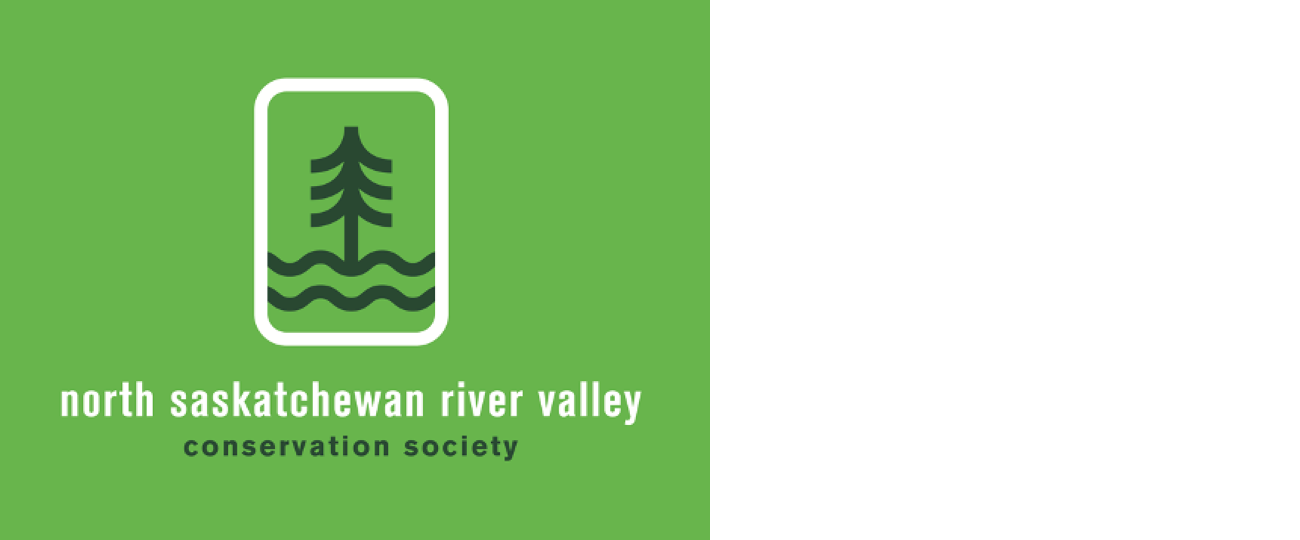Al-Rashid the original little Mosque on the prairie
The Muslim community was established in Canada in the late 1800s when people began to immigrate from what is now Lebanon and Syria. As the community grew in Edmonton, some women made plans to open a mosque where the children could learn their religion and the community could host social functions.
Hilwi Hamdon, approached Edmonton’s Mayor, John Fry, in the hope that he would supply them with land on which to build the mosque. He responded by stating that the community did not have the money to build a mosque. Hamdon answered, “We’ll get the money.” The Mayor agreed to grant them the land if they supplied the money to cover the cost of construction, approximately $5,000
The community hired a Ukrainian-Canadian builder, Mike Drewoth. On the outside, two hexagonal minarets would be topped with an onion-shaped silver dome and a crescent moon. The mosque resembled a Russian Orthodox Church. The Al-Rashid Mosque was officially opened on December 12, 1938 on the corner of 101 St &108 Ave. It stood there until 1946 when the Public School Board asked the Muslim community to relocate so Victoria Composite High School could expand. In November of 1946, the Al-Rashid was relocated to 102 St & 111 Ave.
By 1975, the Al-Rashid was too small to accommodate them, and the community decided to build a new mosque. The Al-Rashid was left unused for 10 years. In 1988, the Royal Alexandra Hospital told the community the mosque needed to be moved within eight months or it would be demolished at the congregation’s expense.
The Canadian Council of Muslim Women formed to relocate the mosque to Fort Edmonton Park. They met with a great deal of opposition from Edmonton City Council, the city’s Parks and Recreation department, and Fort Edmonton Park. After a citywide debate, Fort Edmonton Park agreed to take the mosque under the condition that the Muslim community raise the funds to relocate and restore it. The Al-Rashid Mosque was formally opened at Fort Edmonton Park on May 28, 1992. Learn more at http://www.yegtales.ca/alrashid.html
Human gut microbiota invade urban wildlife
Different animals have different gut microbiota, depending on evolution, lifestyle, and their environment. Human urbanization is impacting ecosystems worldwide, so scientists want to understand how this might alter the microbiomes of affected wildlife.
Researchers investigated whether city-dwelling wildlife have different gut microbiomes than rural wildlife. They studied gut microbiomes in species that have both urban and rural populations, including white crowned sparrows, coyotes, and several anole lizard species, all of which are native to North America. To get a snapshot of their gut microbiomes, the team compiled DNA from fecal samples of each animal.
The coyote dataset included DNA from urban populations living in Edmonton, Canada, and rural populations in Leduc. The microbiomes of urban coyotes were somewhat similar to humans, but they still had more in common with their rural counterparts. This meant that the microbiomes of urban-dwelling populations of these animals were not identical to humans, but only shifted slightly towards more human-like microbes.
The authors wanted to know what factors could have changed the gut microbiomes of these animals. Their analysis showed the gut microbiomes of urban humans were less diverse than those of rural humans, but the gut microbiomes of urban coyotes were more diverse than rural populations. Scientists interpreted these results to mean that urban populations of animals had gained gut microbes rather than lost them. Read more at https://sciworthy.com/human-gut-microbiota-invade-urban-wildlife/
Pine Grosbeak a species of low conservation concern
(Photo by Joe Chowaniec)
Pine Grosbeaks are part of the finch family, dwarf every other finch and nearly every bird that lands on a bird feeder. They frequently visit feeders with black oil sunflower seeds or suet. Grosbeaks drink water or eat snow daily.
Most of their diet is made up of buds, seeds, and fruits from spruce, pine, juniper, birch, mountain ash, maple, box elder, crabapple, blackberry, ragweed, and burdock. It can be tough for their nestlings to eat and digest all that vegetation. Instead of feeding plants directly to their nestlings, they regurgitate a paste of insects and vegetable matter that they store in pouches at the lower part of their jaw on either side of their tongues.
In winter, they forage in groups from 5 to15 individuals. In areas where different call types exist, individuals with the same song type stick together. They do not forage with other groups with different flight calls. North American data suggest populations of Pine Grosbeaks held steady between 1966 and 2019. More at https://www.allaboutbirds.org/guide/Pine_Grosbeak/overview
Winter trails for dogs in the river valley
George writes “I just read your article about dogs off leash in the winter. I wish you would have added that the bylaw requires a dog off the property to be under the control of the owner at all times. I think a lot of people just assume that off leash means the dog can do whatever they want including running up to and jumping on other people. Readers can find the bylaw at https://www.edmonton.ca/public-files/assets/document?path=Bylaws/C13145.pdf “
Photo by Peter Woloshyn
Comment or contribution
Please note that articles may not reflect the position of NSRVCS. River Valley News is meant to be a clearinghouse for the wide variety of opinions and ideas about Edmonton’s River Valley. Email river valley photos, event information, comments, or questions to nsrivervalley@gmail.com
Sincerely yours,
Harvey Voogd
North Saskatchewan River Valley Conservation Society
780.691.1712
















